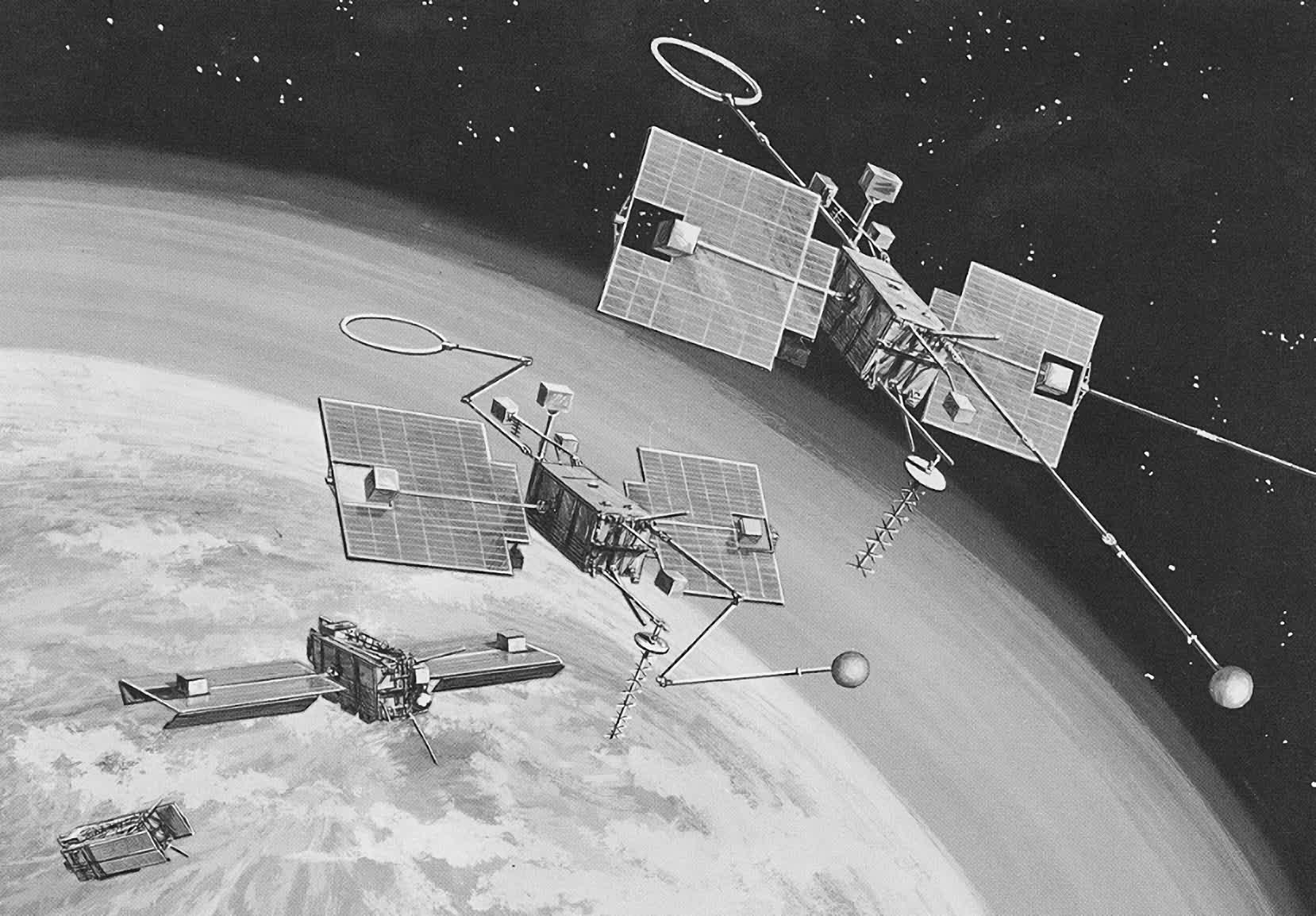In brief: As the saying goes, what goes around comes around, and that's certainly the case for NASA's Orbiting Geophysical Observatory project. The first of the six satellites involved in this project -- OGO-1 -- has just crash-landed back on Earth after 56 years in orbit.
Each OGO spacecraft was developed to study the movements of Earth, and determine how our planet interacts with the sun. The satellites remained stalwart in that mission for a solid five years before NASA shut the project down.
Unfortunately, at the time, the agency lacked a reliable way to retrieve satellites from orbit, so for the past 50+ years, we've just been waiting for the satellite to return to Earth of their own accord.

OGO-1 finally did so on August 29, after revealing its impact trajectory to University of Arizona researchers a few days prior. The spacecraft has landed southeast of Tahiti, which would place it (or whatever is left of it after its entry burn) somewhere near Australia in the Pacific Ocean.
In some ways, it's the end of an era. The OGO project was launched back when Earth was still getting its footing regarding space tech -- Neil Armstrong hadn't even set foot on the Moon at the time.
We've certainly come a long way since then. These days, we regularly send re-usable supply rockets to the International Space Station, and our satellite technology is sophisticated enough to allow us to de-orbit the objects at will, without the need to wait for a 50-year crash landing.
https://www.techspot.com/news/86615-nasa-ogo-1-satellite-has-finally-returned-earth.html